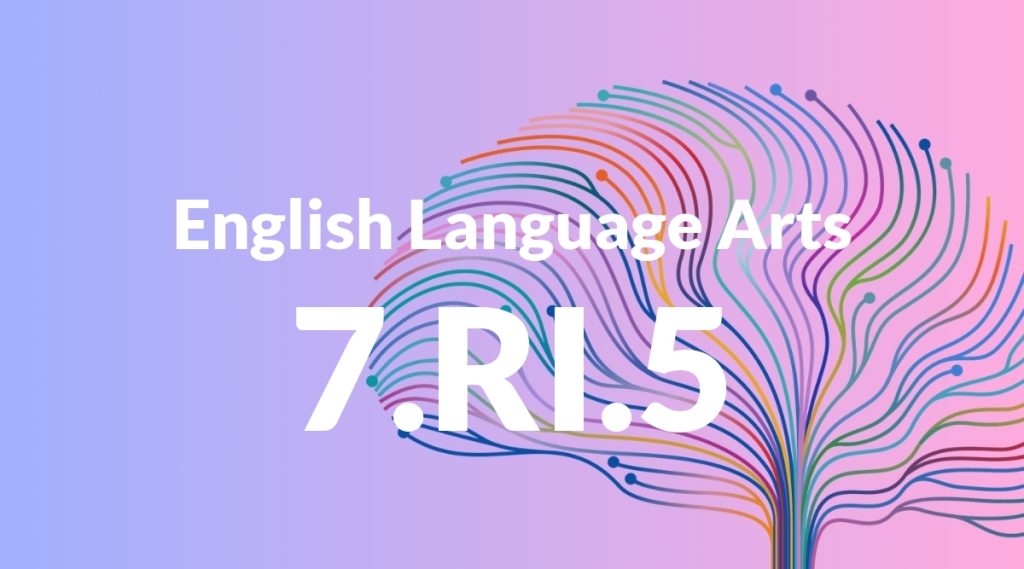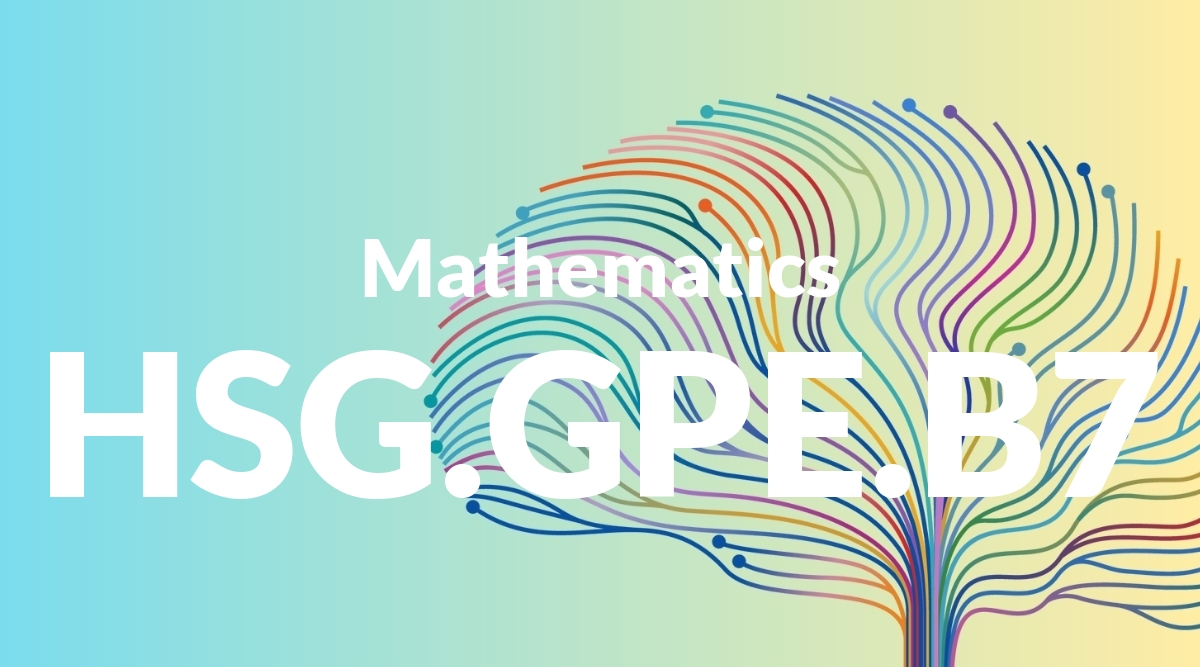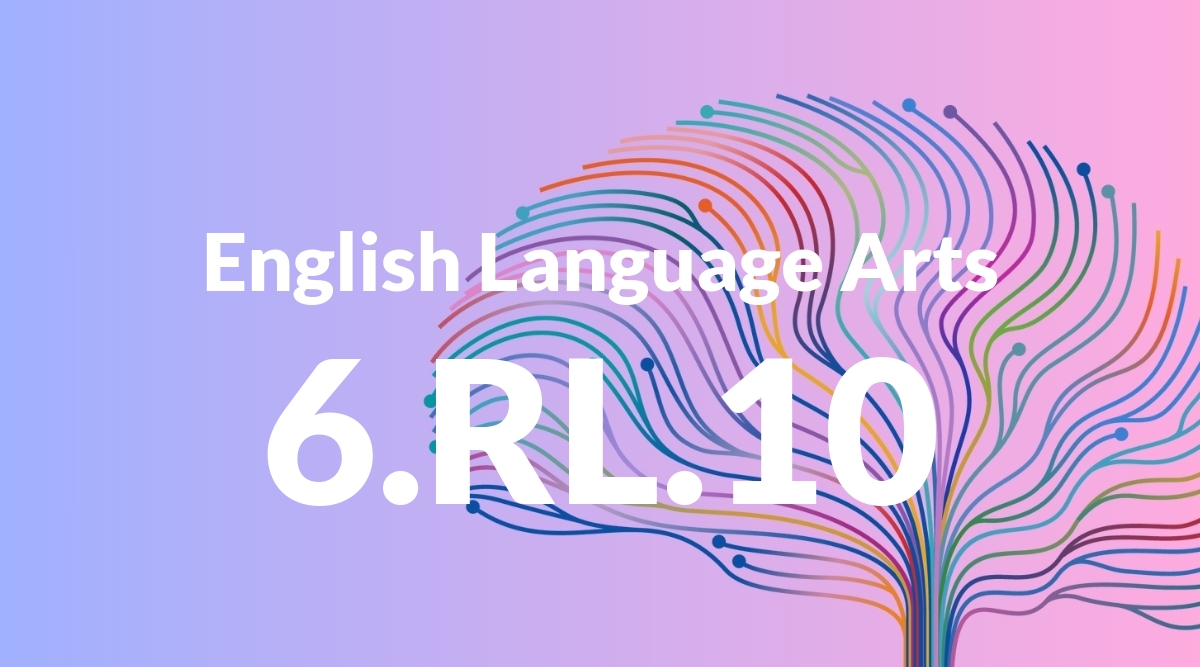Standard: 7.RI.5 – Analyze the structure an author uses to organize a text, including how the major sections contribute to the whole and to the development of the ideas.
Grade level: Grade 7
Subject: English Language Arts
Domain: Reading: Informational Text
Teacher Overview
This standard focuses on helping students understand how the organization of a text contributes to its meaning. By analyzing the structure, students can gain insights into the author’s intent and the development of ideas within the text. This skill is crucial for critical reading and comprehension, which are foundational for success in higher education and beyond. Students should have a grasp of basic text features and the ability to identify main ideas and supporting details. Prior experience with summarizing and paraphrasing informational texts will also be beneficial.
Mastering this standard will enable students to engage more deeply with complex texts, enhancing their critical thinking and analytical skills. These abilities are essential for academic success and informed citizenship.
Common Misconception 1
One common misconception is that all sections of a text hold equal weight. This is incorrect because some sections are designed to introduce or conclude ideas, while others provide supporting information. Understanding this hierarchy is key to comprehending the text as a whole.
Intervention 1
To address this misconception, use guided reading sessions where students highlight main ideas and supporting details in different colors. Discuss why certain sections are more critical to the overall understanding of the text.
Common Misconception 2
Another misconception is that the structure of a text is irrelevant to its meaning. This is not true, as the organization of information can significantly affect how it is interpreted. For example, a chronological structure can provide a clear sequence of events, while a cause-and-effect structure can highlight relationships between ideas.
Intervention 2
Introduce graphic organizers that map out different text structures. Have students practice reorganizing a text to see how its meaning changes, reinforcing the importance of structure in comprehension.
Prerequisite Knowledge
Students should understand basic text features such as headings, subheadings, and paragraphs, and have experience identifying main ideas and supporting details in a text.
Subsequent Knowledge
After mastering this standard, students will be able to critically analyze complex texts, understand the author’s purpose more deeply, and apply these skills to their own writing and research projects.
Instructional Activities
- Create a graphic organizer to map out the structure of a text.
- Group activity: Break down a news article into sections and discuss their roles.
- Compare and contrast the structures of two different informational texts.
- Write a summary focusing on how the structure supports the main ideas.
- Interactive notebook: Students categorize different text structures with examples.




